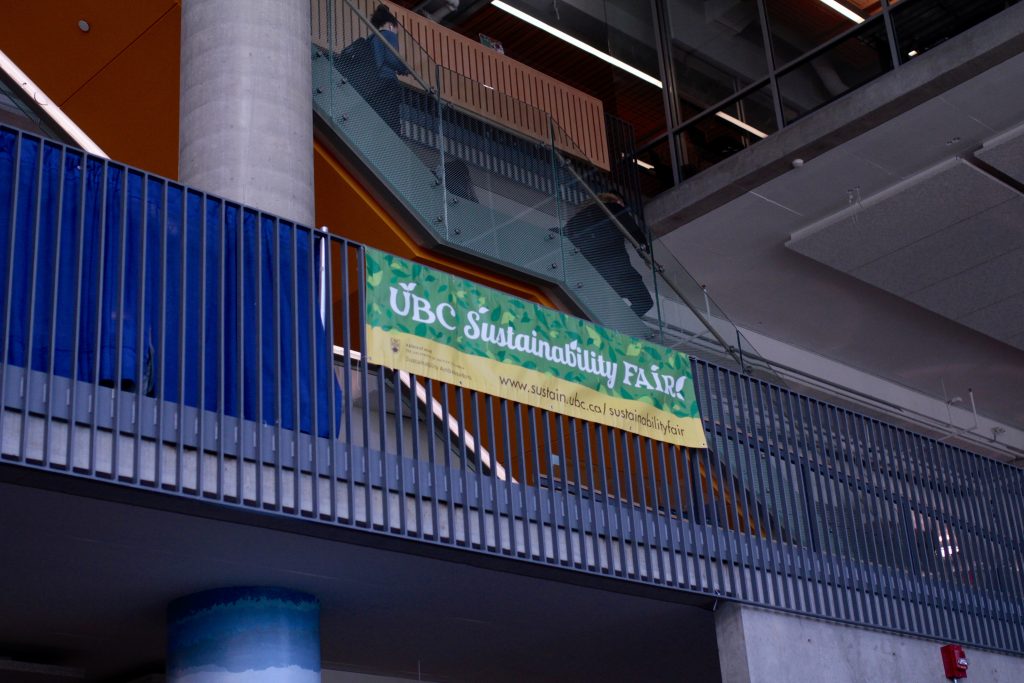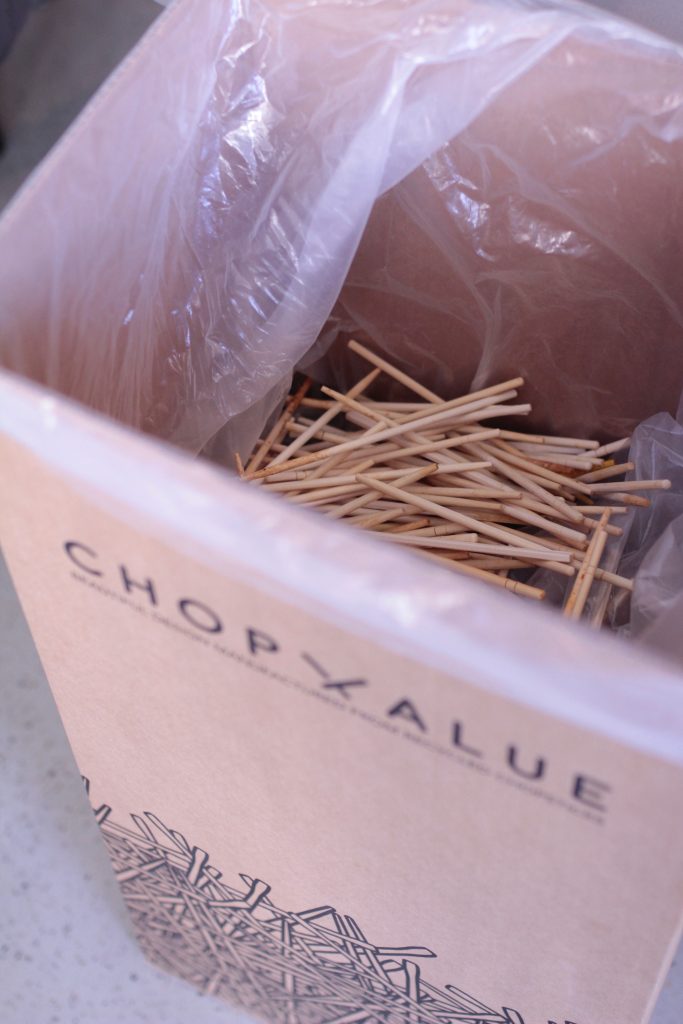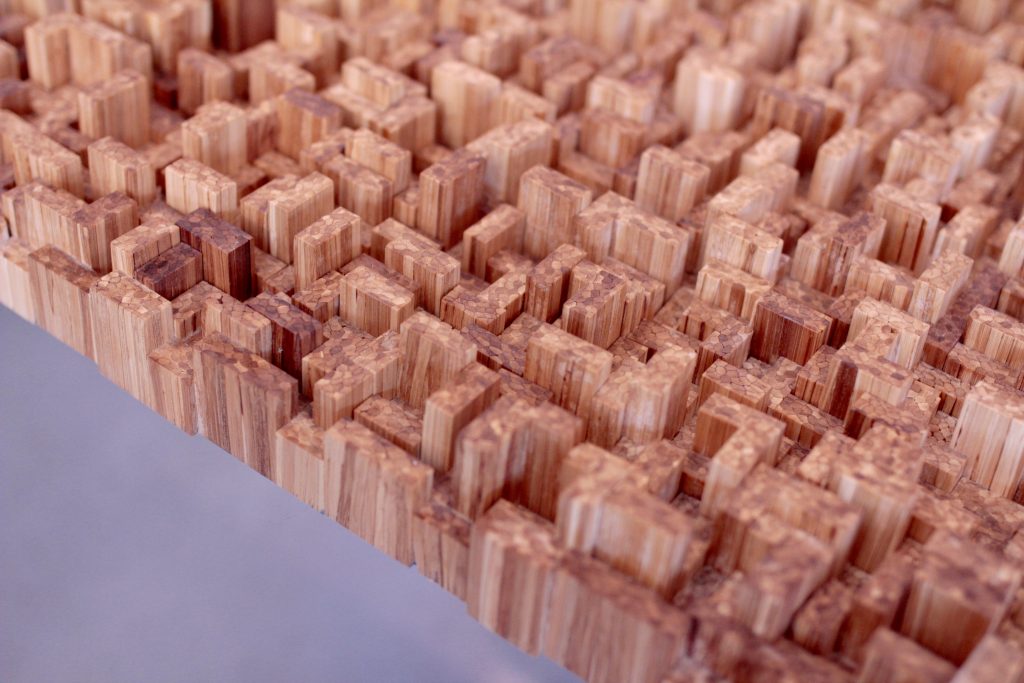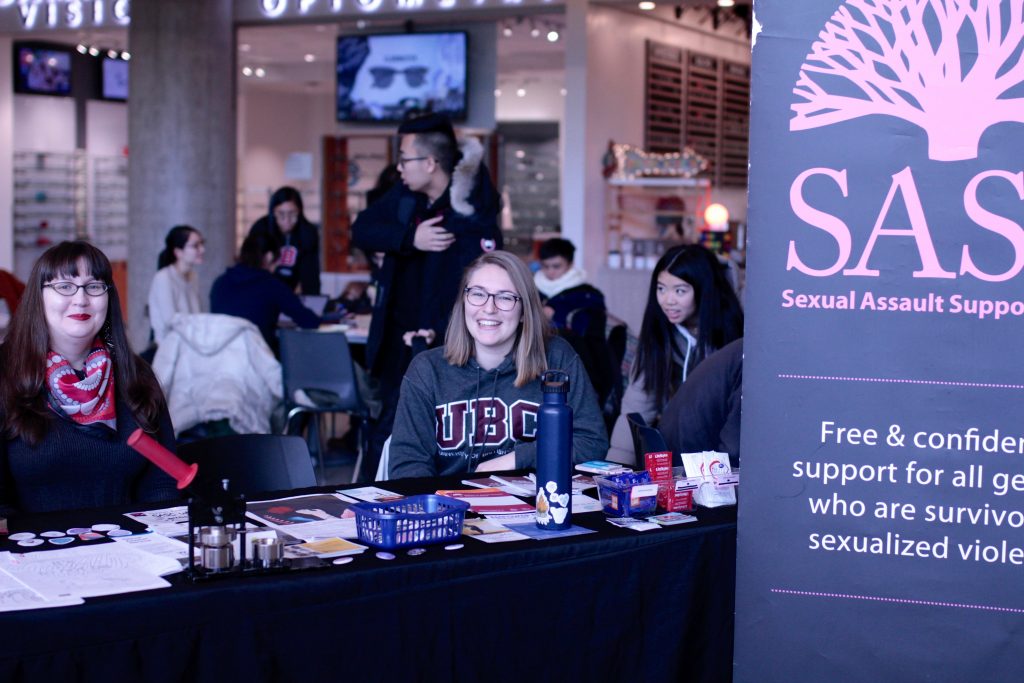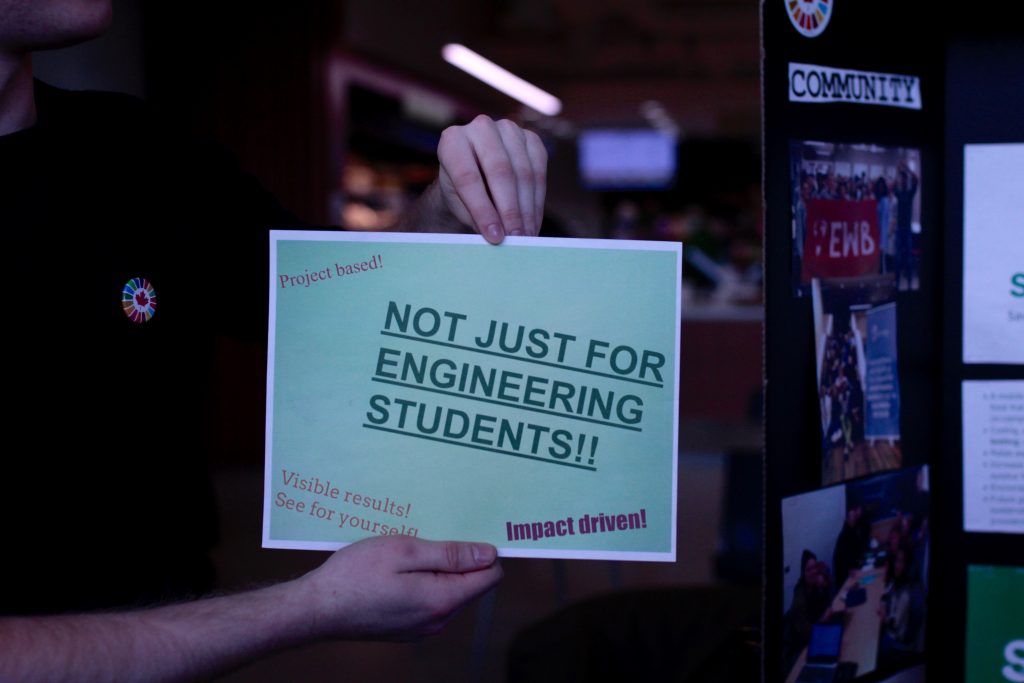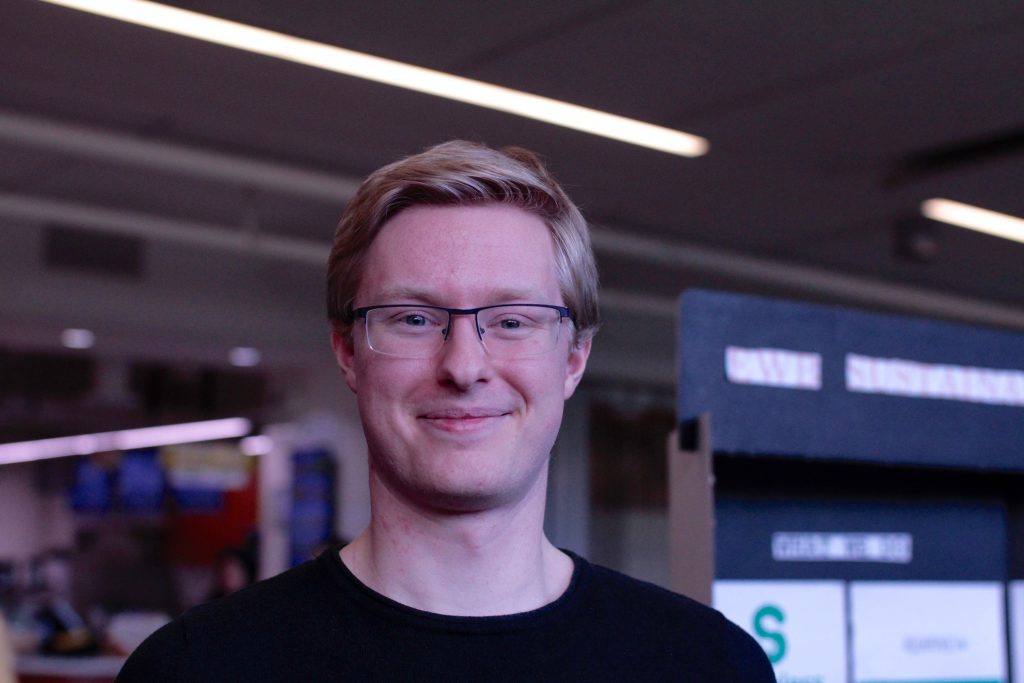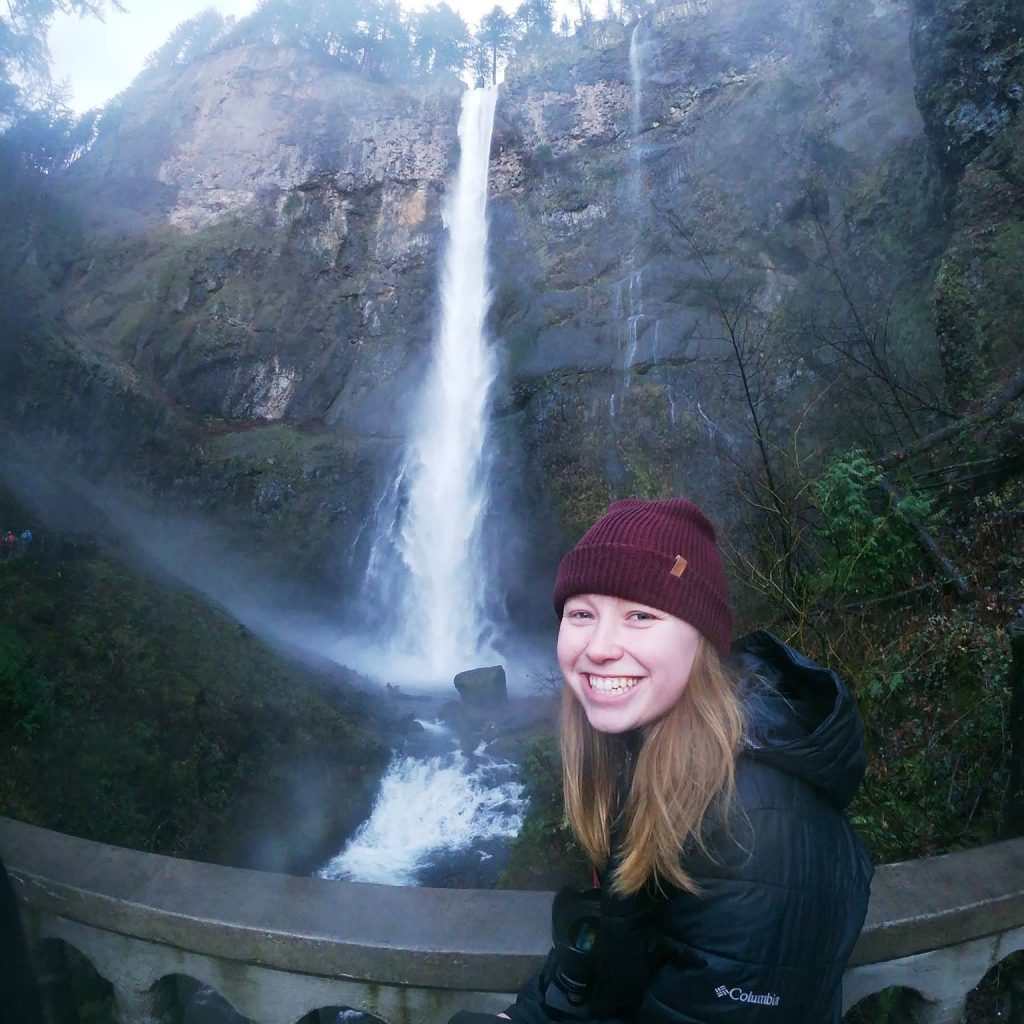On a weekly basis, I share on campus tours that UBC offers over 600 courses related to sustainability. I realized yesterday that I had only heard of one of those courses- sustainability marketing! Is 600 an impressive number? What are the other courses offered? I was interested in learning more about the different sustainability courses offered at UBC.

Luckily, there’s a website with a list!
Some of the courses on this list really surprised me! I didn’t know they were offered at UBC, and also didn’t know the subject had anything to do with sustainability. For example, CENS 307 Witches: Myth and Reality is an Arts course on the list. I found the syllabus for the class , and my best guess is that the class is about social sustainability, and perhaps issues with excluding women from social success?
One course that sounds extremely interesting that I saw when scrolling through the list is PLAN 331 The Just City in a Divided World. What an interesting course title! I think that “divided world” is a topic super relevant to sustainability, as I personally think that the world’s divisions are the opposite of a solution to sustainability issues.
I wonder if other universities in Canada have this many courses on sustainability? I couldn’t find a similar course list from the University of Toronto. However, I did find an Excel spreadsheet of courses related to sustainability offered over at UVic. It looks like they offer over 584 courses related to sustainability! And it’s a much smaller school- I was impressed by UVic! I didn’t find any courses as surprising as the UBC course on witches, but did see they have their business Investments class on the list (awesome to see more discussion about sustainable investments) and a course on Geocaching.

I think this is a great example of how individual definitions of sustainability can vary. I don’t immediately think of witches when someone says sustainability, but sustainability is such a huge concept that plays into so many elements of life, inside and beyond UBC.
While I’m on the subject of sustainability courses at UBC, and this being my last blog post, I wanted to share some thoughts about my experience in sustainability marketing and what I’ve learned in the course. Coming into the course, I was skeptical- I don’t often think of business as a sustainability solution, but instead, think of business as a contributing factor to the sustainability problem (socially, businesses exploit workers, environmentally, businesses create pollution, etc.) While I’m still pretty skeptical of business, I have definitely learned a bit more about how sustainability can be a tool in our journey towards a more sustainable future. Guest speakers like Joel Solomon shifted my perspective a bit- it was interesting to hear about his use of his resources, and how he decided what was important to him for his life. 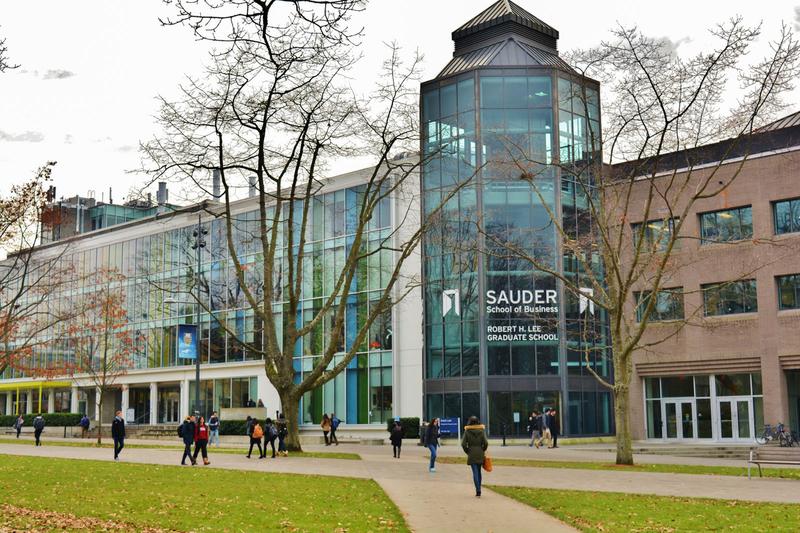
I also wanted to share a few of my favorite take-away core concepts. I didn’t know much about the closed-loop concept before this course, and now I think about it all the time! I think it’s exciting that many businesses are moving towards considering the full lifecycle of a product, where it comes from and where it is headed after it has been purchased. I also really valued the course about collaborations and partnering for sustainability- I think my initial hesitancy towards businesses and sustainability are eased when I know NGOs, universities, or other organizations I trust a bit more are helping guide businesses. I really value collaboration and agree that we will only be able to tackle giant problems like sustainability when tons of folks are working together.
Overall, I feel extremely grateful to go to a business school where I’m able to take courses like Sustainability Marketing. I am excited that there are so many business students so passionate about making change. I also feel lucky that I got to learn so much about sustainability at UBC this semester! I’ll be sticking around and working at UBC after graduation, and I’m excited to share this sustainability information with others and work on improving on-campus sustainability through my role on campus as well.
Thanks for following along on my adventures!
Cheers,
Maddy
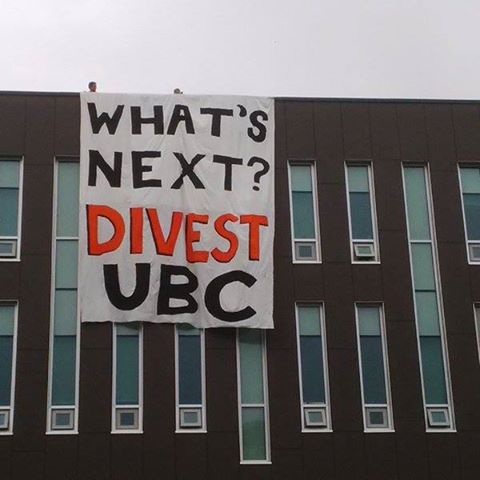
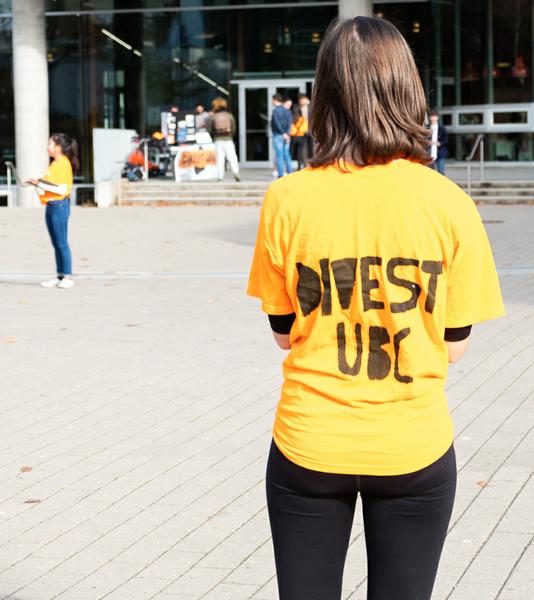

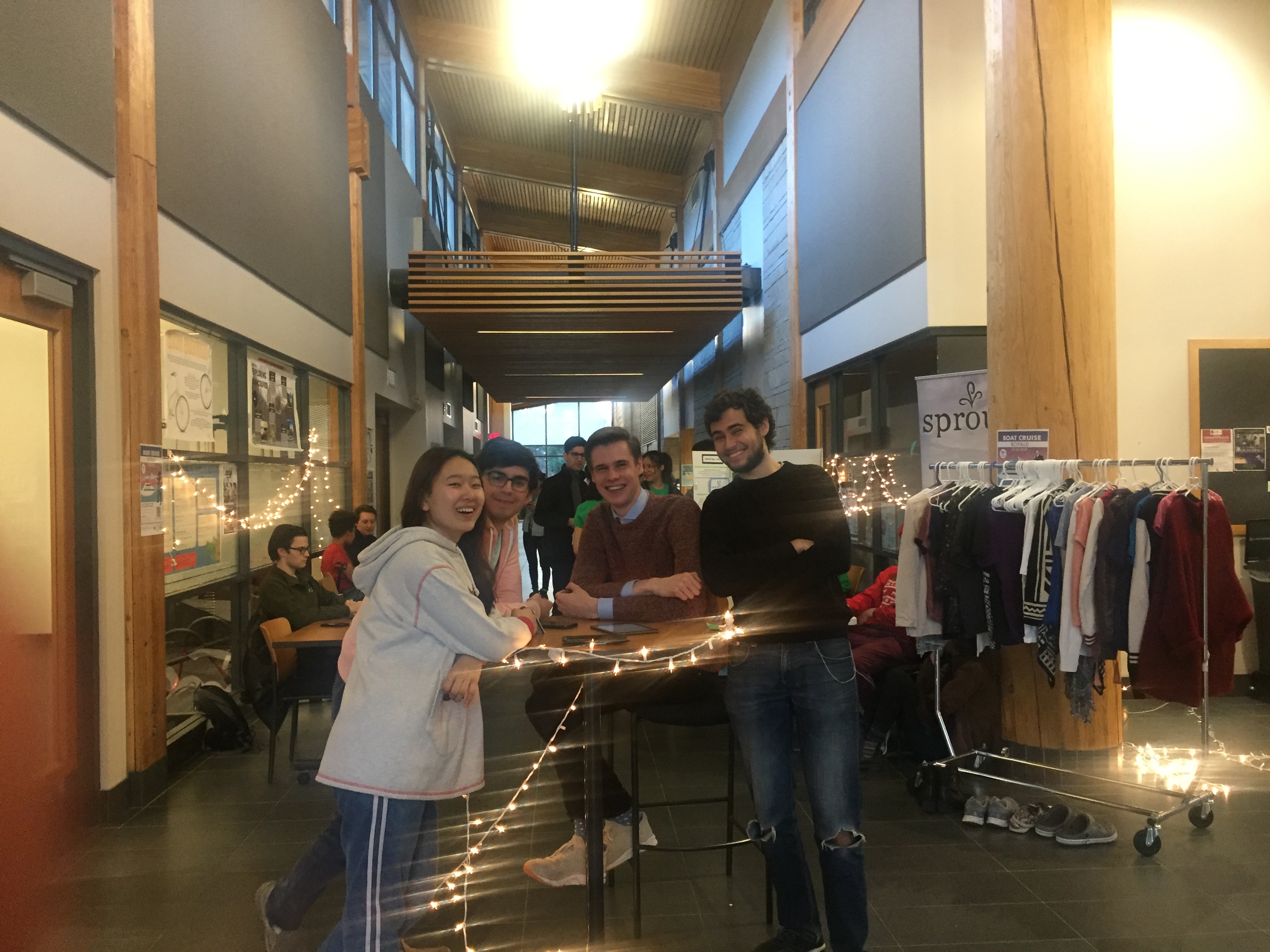
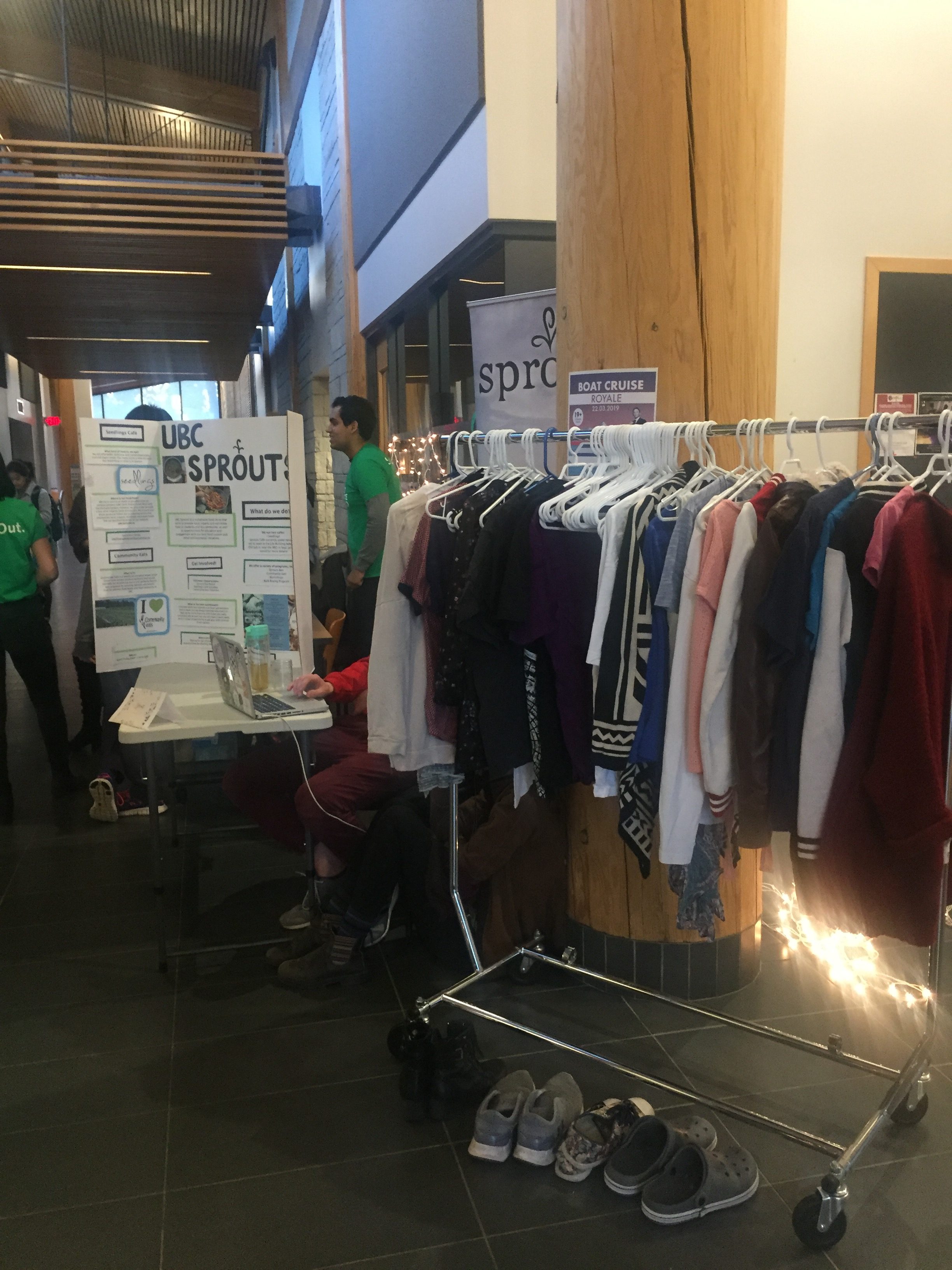
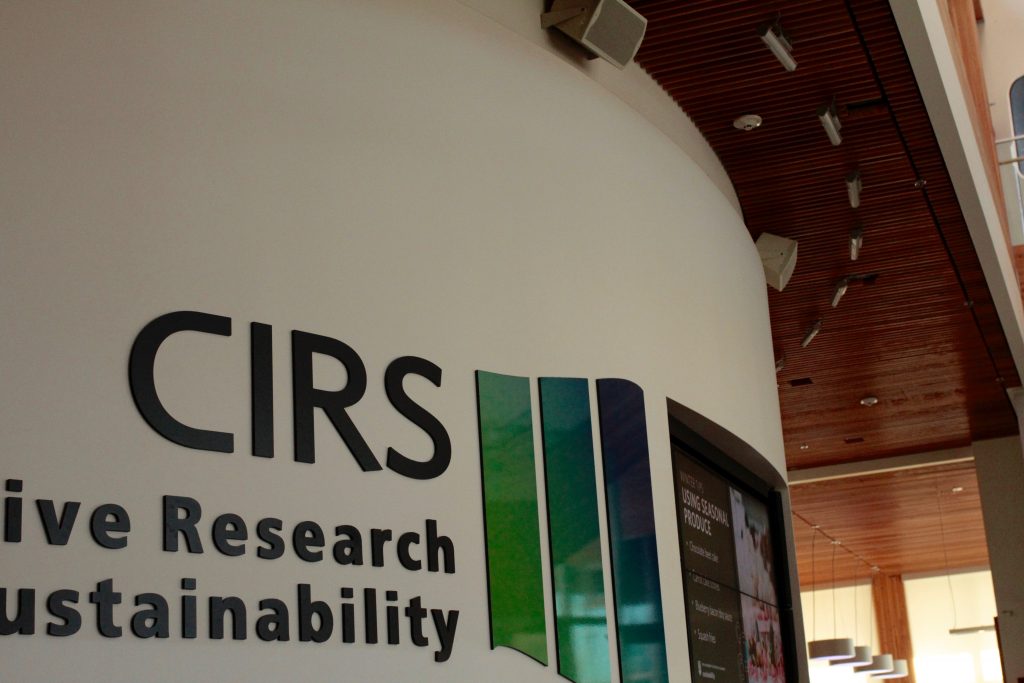
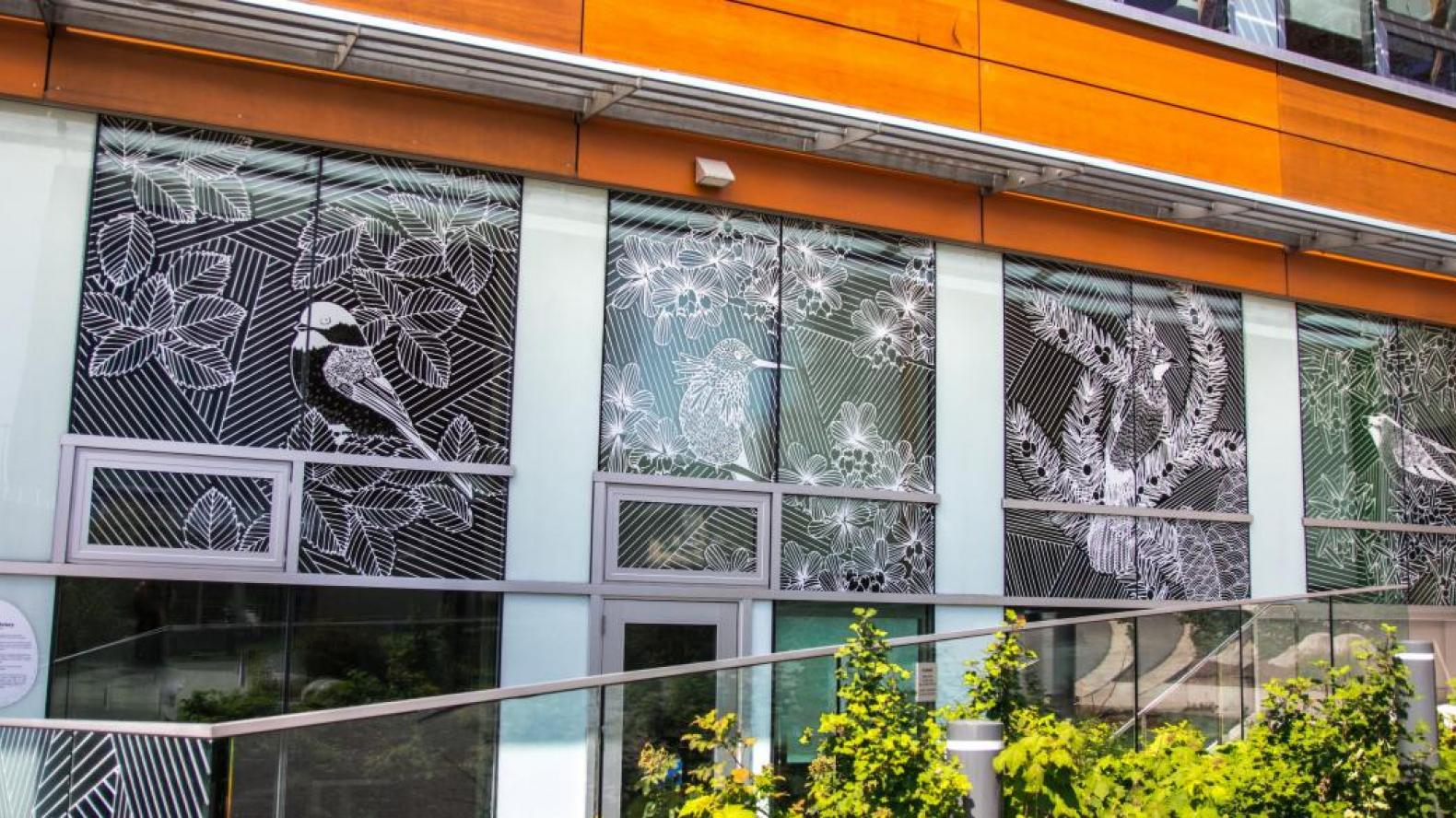
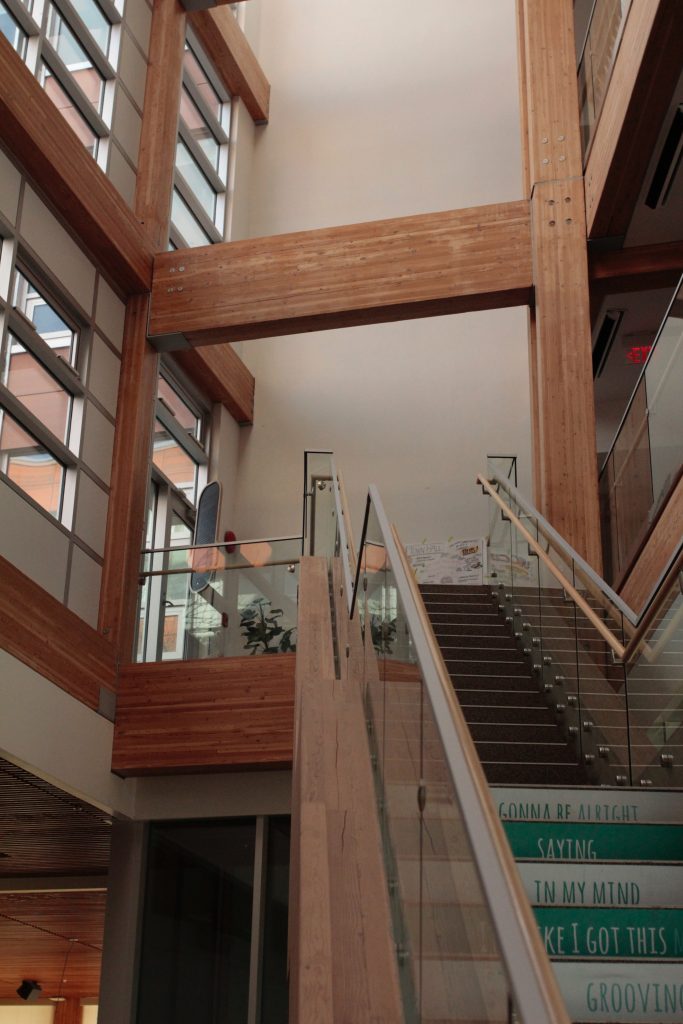
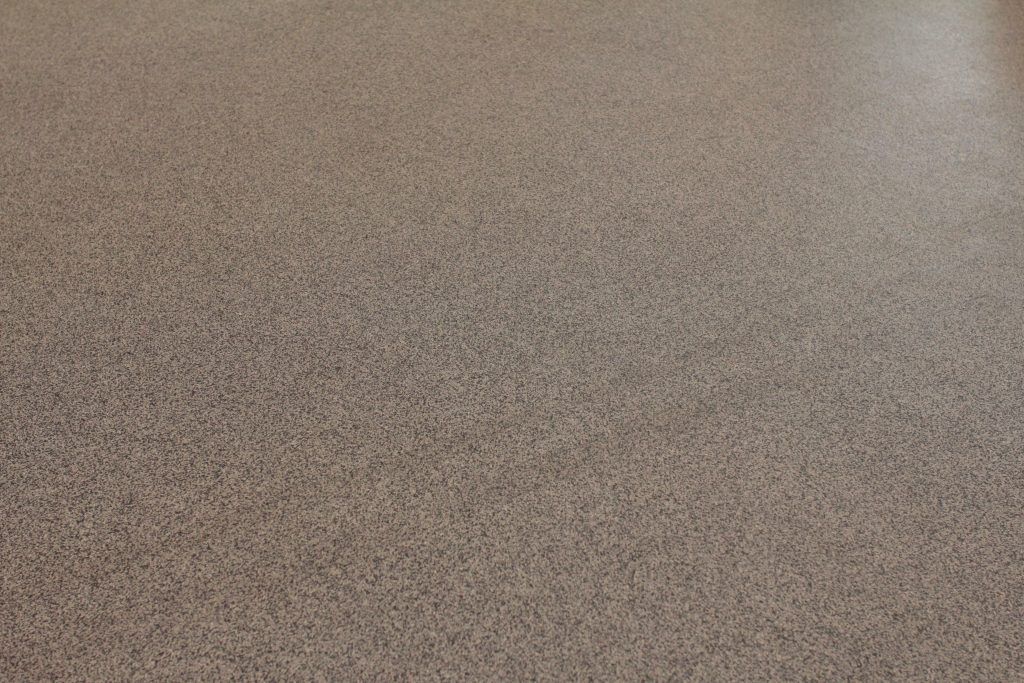
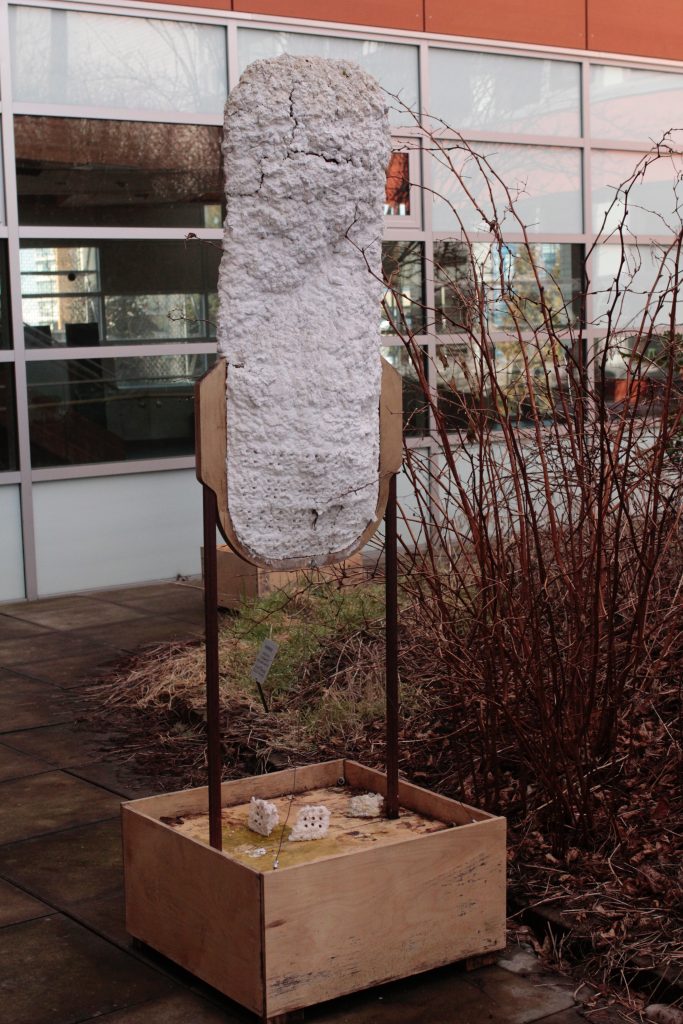
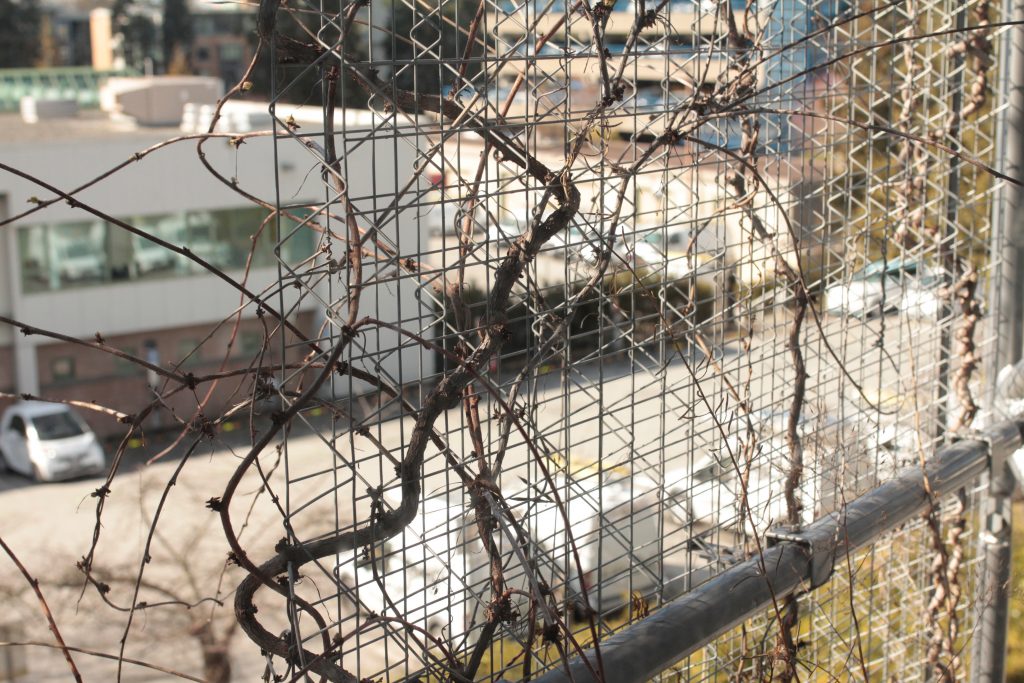
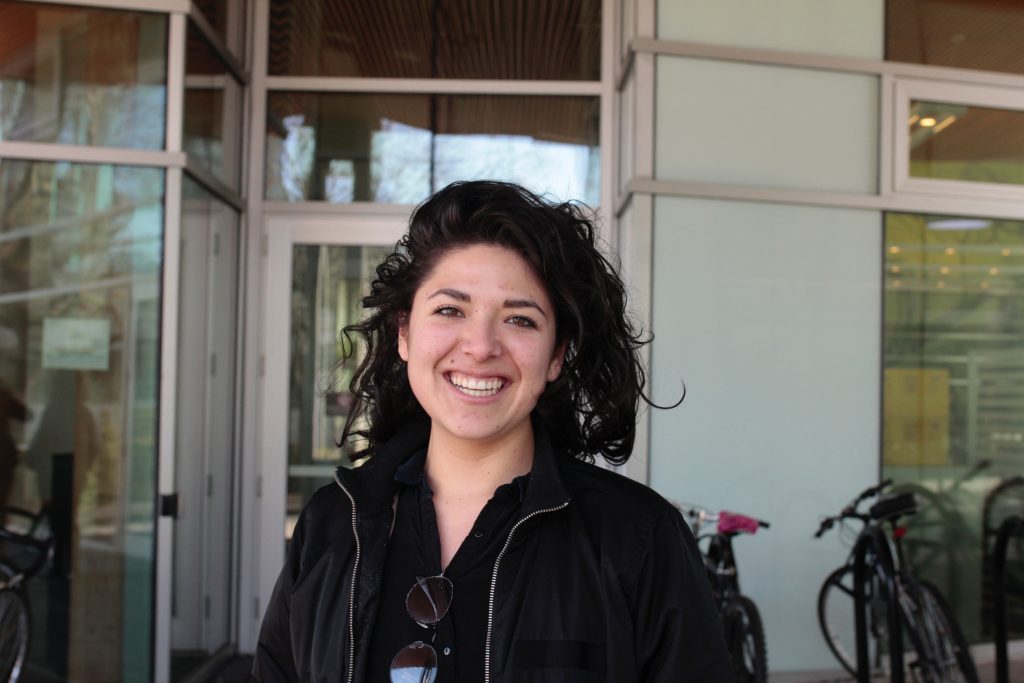
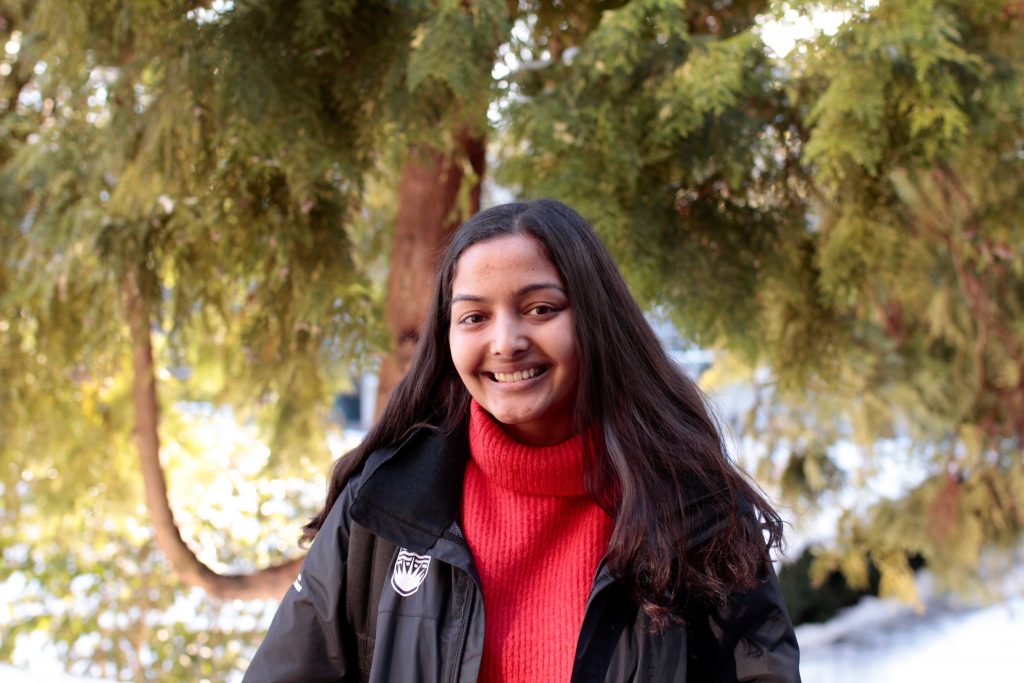
 According to this
According to this 